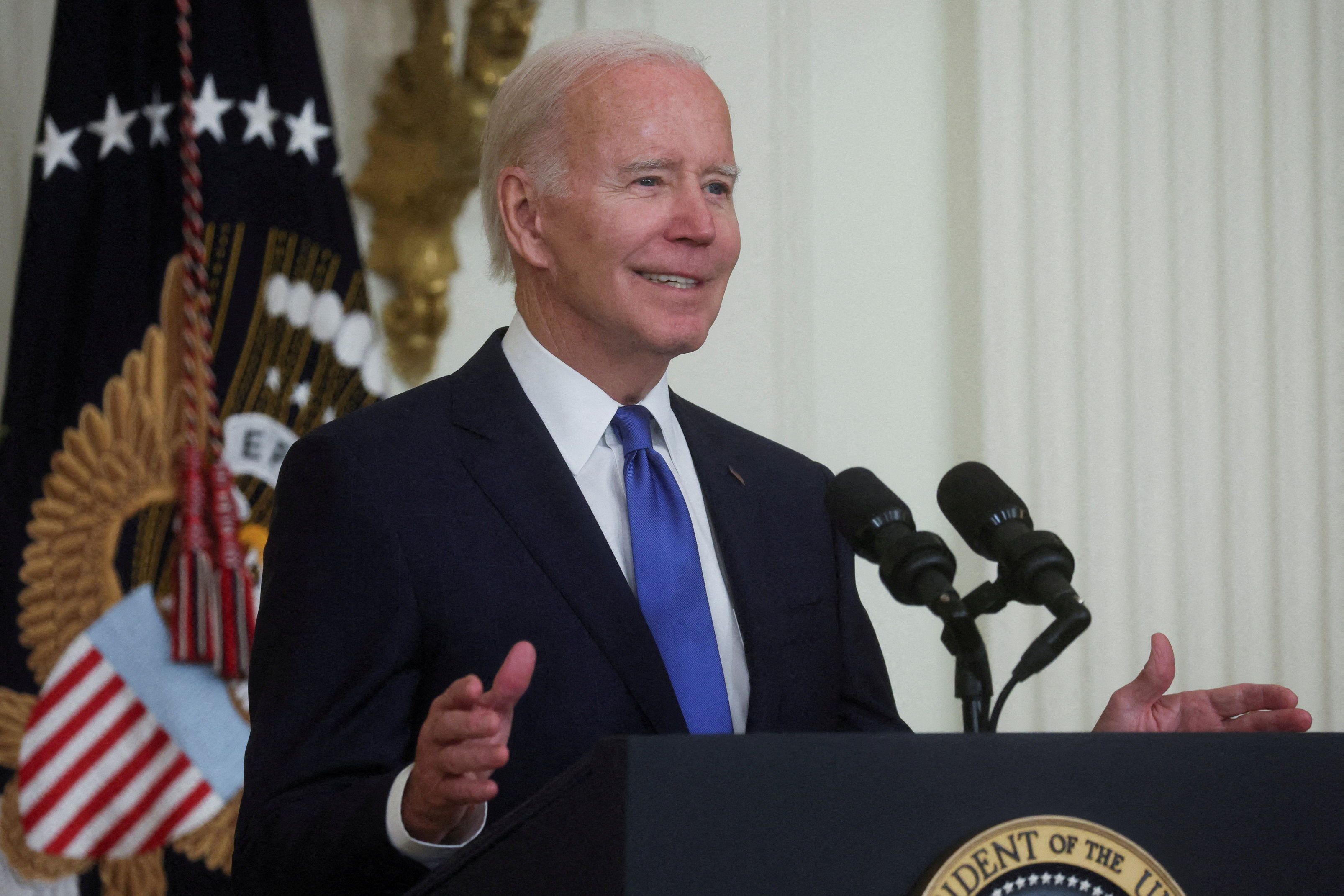Inflation in the United States has been steadily decreasing over the past 11 months, while maintaining full employment. However, the European Union (EU) and the United Kingdom (UK) have not been as successful in controlling inflation. Although there are signs that inflation may have peaked in these regions. Despite this positive news, there are concerns that interest rates may stay elevated or even rise further due to the strong asset and jobs markets, which could potentially eliminate post-Covid inflation.
This situation poses a challenge for markets that do not have the attractive valuations seen last year. Additionally, it could worsen the emerging crisis in real estate and regional banking in the US.
It is not enough to attribute the strength of global markets and economies solely to monetary policy acting with a delay. The introduction of macroprudential regulations after the financial crisis helped provide economic stability but has made the job of central banks more difficult.
The introduction of measures such as capital standards for European banks and loan-to-value requirements for mortgage holders has initially reduced the exposure to rate increases. The increased number of homeowners with fixed-rate mortgages has concentrated the impact of sudden rate rises on a smaller number of homes, limiting the overall effect on the economy. However, those on fixed-rate products will not feel the impact for several years, delaying its consequences.
Post-Covid savings have not only cushioned the impact of rising costs of living but have also benefited savers more than mortgage holders, according to recent data from the EU. The housing market in the US, despite a significant increase in mortgage rates, is showing signs of growth due to the supply/demand imbalance.
However, the current drop in inflation may not continue as easily. Central banks now face the challenge of managing economies with full employment and inflation still above their target. The Federal Reserve has expressed its intention to avoid a re-acceleration of inflation before it reaches its target, which could mean that the current rate of 5% to 5.5% may persist.
Investors are now faced with the decision of whether to take a risk with other asset classes or opt for the risk-free return offered by the US government, which is currently over 5%. Equities are also expensive compared to bonds, having already experienced a significant rally. The risk-free yield seems like an attractive option in this scenario. Europe and the UK face a similar dilemma, with risk-free rates between 4% and 6% for the first time in over two decades.
The expectation of higher interest rates for a prolonged period reintroduces the threats to global commercial real estate and banking deposit flight. It also increases the risk of a policy mistake as central bankers, confident in their past success, may tighten policy excessively to control inflation. This could result in a sudden slowdown in global growth or another market crisis, similar to the LDI UK pension crisis or the Silicon Valley bank failure, as misunderstood leverage becomes a prominent issue.
There are also other global concerns, such as the Bank of Japan’s upcoming policy normalization and China’s reopening of its economy, which brings the property crisis back into focus. Fortunately, investors can earn a solid return on cash while waiting to see how these conflicting forces unfold in the coming months.
Phil Byrne, the head of equity investments at Cantor Fitzgerald Ireland, highlights these challenges and potential risks in the market.
Denial of responsibility! VigourTimes is an automatic aggregator of Global media. In each content, the hyperlink to the primary source is specified. All trademarks belong to their rightful owners, and all materials to their authors. For any complaint, please reach us at – [email protected]. We will take necessary action within 24 hours.


